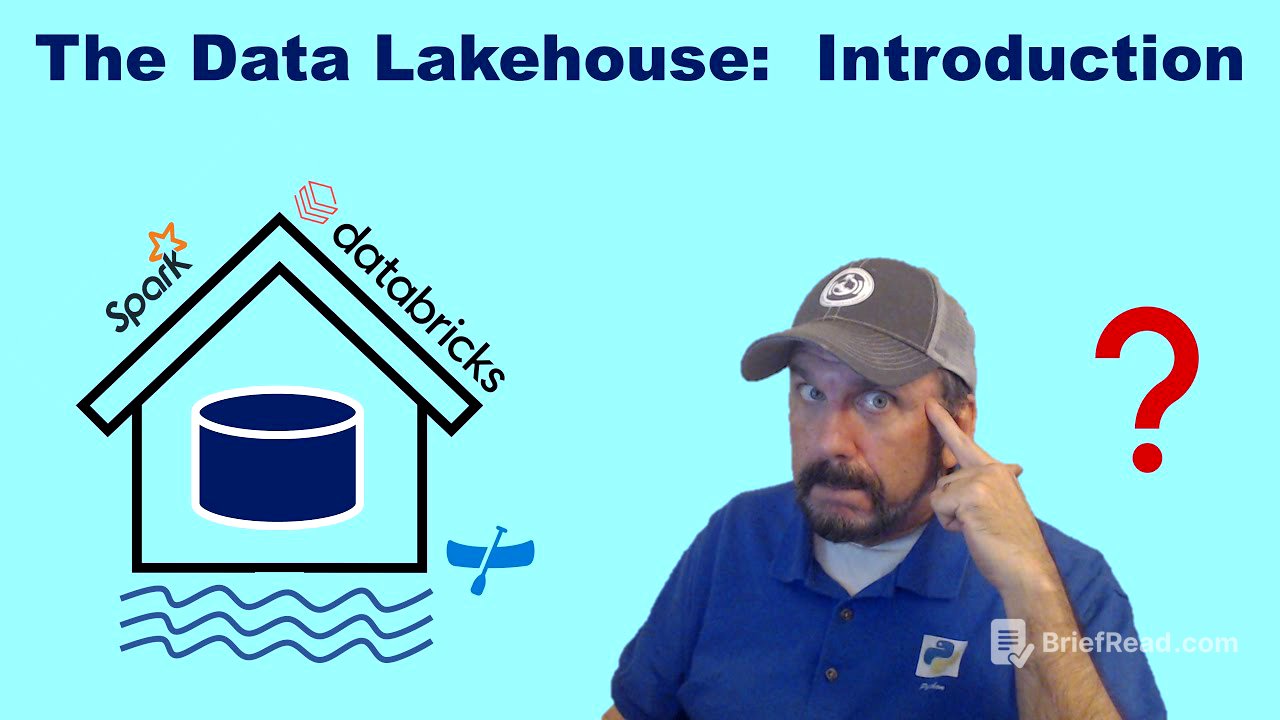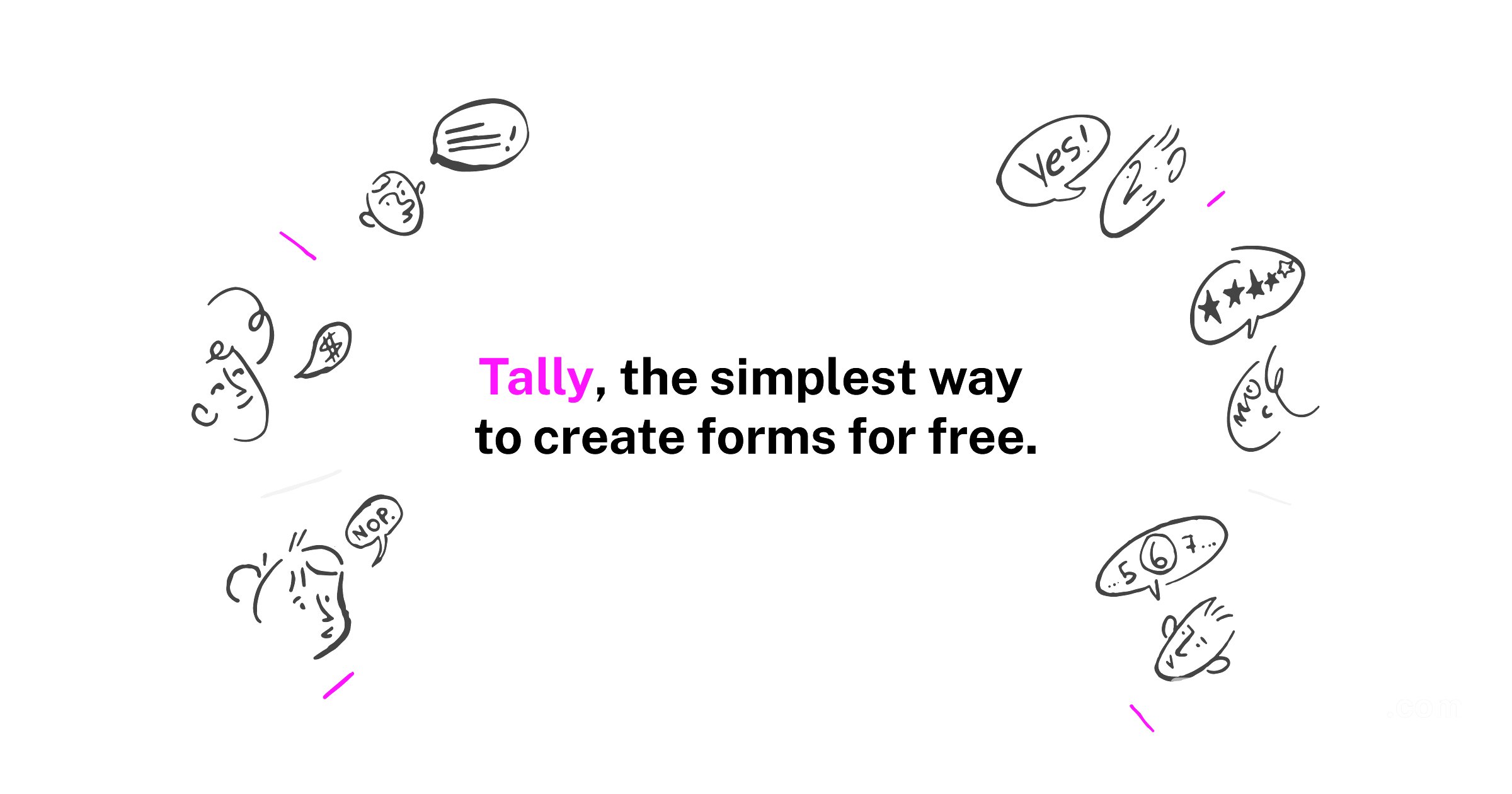TLDR;
This video introduces the concept of the data lake house, explaining its evolution from data lakes and the need to incorporate data warehouse functionalities. It covers the challenges in implementing data warehouse features in a distributed data lake environment and discusses the progress made in areas like SQL support, transactions, constraints, and security. The video also highlights the architectural differences between relational databases and data lakes, emphasizing the unique capabilities of data lake houses in handling diverse data types and supporting machine learning.
- Data lakes evolved into data swamps due to lack of governance.
- Data lake houses aim to bring data warehouse functionalities to data lakes.
- Architectural differences between relational databases and data lakes pose implementation challenges.
Introduction to Data Lakehouse [0:00]
Brian Kathkey introduces the concept of the data lake house, aiming to provide a conceptual understanding before diving into technical details. The discussion will cover the evolution from data lakes to data swamps, revisit traditional data warehouses, and explain the challenges and introduction of the data lake house. The video sets the stage for understanding the data lake house architecture and its benefits.
The Rise and Fall of the Data Lake [0:46]
Around 12 years ago, Hadoop was hyped as a solution for massive data processing. People started dumping data into data lakes (simple storage systems), leading to a lack of data governance. This resulted in data swamps, where data was unusable due to questions about its origin, accuracy, and currency. The initial promise of Hadoop faded as people realized the importance of data governance, which was often overlooked in the rush to adopt new technologies.
Traditional Data Warehouse Features [2:27]
Relational databases offer features for data warehousing, including support for SQL, set theory, and relational database systems. Tables store discrete sets of information with relationships between them. Transactions, supporting ACID properties (atomicity, consistency, isolation, durability), maintain data integrity through insert, update, and delete operations. Constraints, such as referential integrity, domain constraints, key constraints, and column value constraints, ensure data quality and consistency. Transaction logs are crucial for recoverability and tracking data changes.
Data Resilience and Security [7:37]
Relational databases are self-contained environments, accessible only through the database server. DBAs perform nightly backups and maintain transaction logs for resilience and recoverability. In case of system crashes, the database can be restored using the latest backup and transaction logs. Security is robust, requiring authentication and permission checks. Triggers, stored procedures, and functions enhance data maintenance and automation, though triggers are not always favored due to potential problems.
OLTP vs Data Warehouse Workloads [9:57]
Relational databases support two primary workloads: online transactional processing (OLTP) and data warehousing. OLTP systems focus on fast and efficient data maintenance for mission-critical applications like sales and financial records. Data warehouses are designed for reporting, decision-making, and planning, emphasizing quick query responses and aggregation. OLTP systems prioritize reliability, security, and fault tolerance, while data warehouses focus on data integration and large dataset aggregation.
Data Modeling Techniques [13:19]
OLTP databases use entity-relationship modeling (ERM) to eliminate data redundancy, while data warehouses use dimensional modeling, embracing redundancy for faster query performance. The data lake house aims to emulate data warehouse functionality, borrowing concepts and features from relational databases. The name "data lake house" merges "data lake" and "data warehouse," highlighting its goal of combining the best of both worlds.
Challenges of Implementing Data Warehouse Features in a Data Lake [14:18]
Implementing data warehouse features in a data lake is challenging due to the distributed nature of data platforms like Databricks, Snowflake, and Synapse. Unlike the single-box environment of relational databases, data lakes involve many nodes and separate storage files (e.g., Parquet). Checking for unique keys or referential integrity requires expensive operations across the cluster. Despite these challenges, the functionality is necessary, creating a quandary.
Data Lakehouse Implementation Progress [16:26]
Spark has supported SQL queries on flat files since version 1.0. Transactions have been implemented, with Delta Lake adding transactional support based on the Parquet format. Delta Lake includes transaction logs and ACID support, enabling complete commit or rollback. Constraints are evolving, with Databricks implementing many types, though some areas are still in development. Security relies on the cloud platform's security measures, as data lake house files reside on cloud storage. Triggers are not yet fully implemented.
Data Lakehouse: Backups, High Availability, and Schema Evolution [19:39]
Database backups are less relevant in data lake houses due to the flat file structure, allowing for flexible management. High availability and recoverability are crucial, requiring strategies for data replication and archiving. Schema evolution is a significant feature, allowing the data lake house to adapt to new columns or changes in data sets without breaking the system. This flexibility is essential in fast-changing data environments.
Data Lakehouse: Beyond Traditional Data Warehouses [22:01]
The data lake house is not just a replacement for old-fashioned data warehouses. It supports various file structures and big data formats, including images, sound, and video. It also supports machine learning and AI, which are not traditionally supported in data warehouses. Databricks views the data lake house as an evolution from traditional data warehouses, incorporating governance and transactional support.
Recap of Data Lakehouse Concepts [24:01]
The video recaps the journey from data lakes to data swamps, the need to incorporate data warehouse functionality, the architectural differences between relational databases and data lakes, and the introduction of the data lake house. It highlights the progress in implementing data warehouse features and the unique capabilities of data lake houses. The video concludes by thanking viewers and encouraging engagement.









